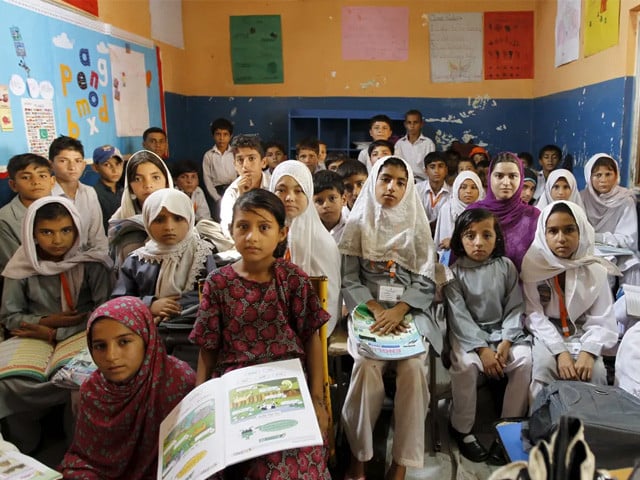Education could be a foundation of national development, playing a pivotal part in forming the longer term of any nation. In Pakistan, the instruction framework has seen different changes and activities pointed at moving forward proficiency rates and instructive results. In any case, critical challenges hold on, ruining advance. This exposition analyzes the state of instruction in Pakistan, highlighting both the advance made and the mishaps encountered.Following its freedom in 1947, Pakistan set out on different instructive changes pointed at extending get to and moving forward quality. The National Instruction Approach of 1979 and consequent approaches centered on expanding proficiency rates, upgrading specialized and professional instruction, and advancing higher instruction. In spite of these endeavors, the usage of these arrangements frequently fell short due to political flimsiness, need of subsidizing, and authoritative inefficiencies.
Latest updates
I am an experienced content writer with a passion for crafting engaging and impactful content across various platforms. Skilled in audience research, storytelling, and SEO optimization. I am proficient in creating clear, concise, and compelling copy that resonates with readers. Strong ability to adapt tone and style to suit diverse audiences and brand voices. Dedicated to delivering high- quality content that drives results and enhances brand visibility.
Next Post


Comments are closed, but trackbacks and pingbacks are open.